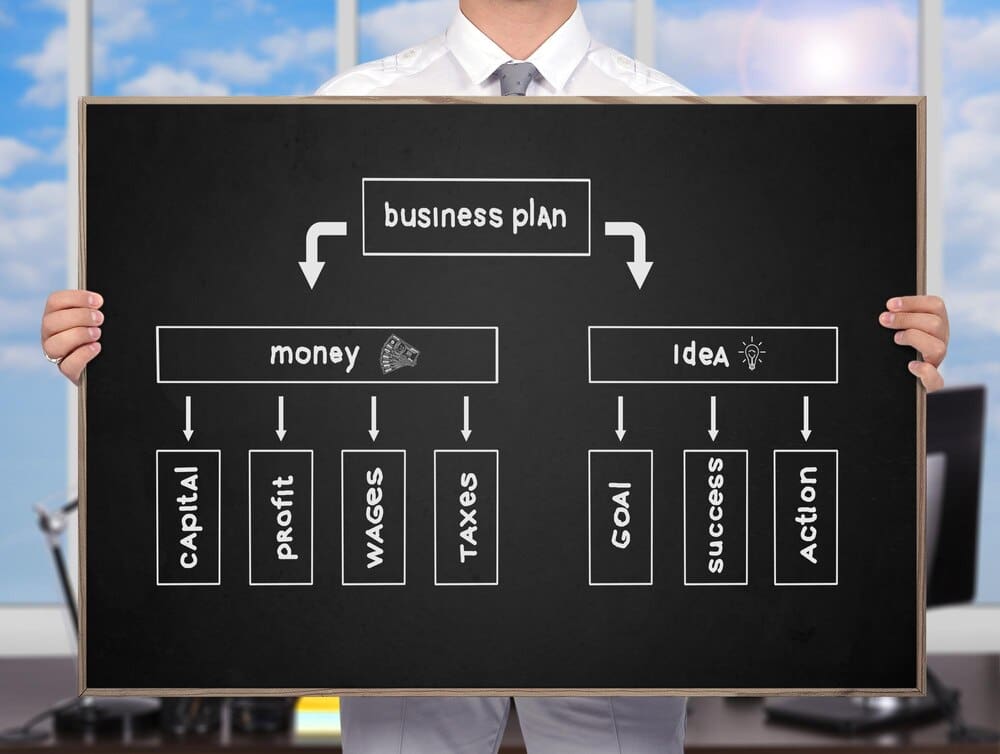Choosing a pricing model is one of the most critical strategic decisions a Software-as-a-Service (SaaS) company will ever make, directly influencing its trajectory from startup to market leader. In the digital economy, where recurring revenue is king, companies are moving beyond simple flat fees to embrace a spectrum of sophisticated strategies, including tiered, per-user, and increasingly, usage-based models. This evolution is driven by a fundamental need to align the price of a service with the value it delivers, a decision that profoundly impacts customer acquisition, retention, revenue predictability, and ultimately, the company’s long-term viability and valuation.
The Strategic Importance of SaaS Pricing
Pricing is far more than just a number on a webpage; it is a powerful communication tool. It tells potential customers who the product is for, what value they can expect, and how the company perceives its own position in the competitive landscape. A well-crafted pricing strategy acts as a silent salesperson, guiding different customer segments—from solo entrepreneurs to global enterprises—to the solution that best fits their needs and budget.
For SaaS businesses, the primary goal is to build a sustainable and predictable revenue stream. The right pricing model is central to achieving this. It underpins the entire financial model, dictating key metrics like Customer Acquisition Cost (CAC), Lifetime Value (LTV), and Monthly Recurring Revenue (MRR). Getting it wrong can lead to high customer churn, slow growth, and a fundamental mismatch between the cost to serve a customer and the revenue they generate.
Foundational SaaS Pricing Models
While innovation in pricing is constant, most strategies are built upon a few foundational models. Understanding these core approaches is essential for any business operating in the cloud services arena.
Flat-Rate Pricing
This is the simplest model of all: a single price for a single product with a defined set of features, typically billed monthly or annually. It offers ultimate clarity for both the vendor and the customer. The company knows exactly how much revenue to expect per customer, and the customer faces a predictable, fixed cost.
The primary advantage of flat-rate pricing is its simplicity. It’s easy to communicate and sell, eliminating the “analysis paralysis” that can occur with too many options. However, its one-size-fits-all nature is also its biggest weakness. This model fails to capture the different needs and willingness-to-pay of various customer segments, potentially alienating small users with a price that’s too high and leaving significant revenue on the table from large, power users.
Tiered Pricing
Tiered pricing is perhaps the most common model in the SaaS world. Companies offer several distinct packages, or tiers, at different price points. Each successive tier typically includes more features, higher capacity limits, or greater support levels. This approach allows a business to cater to multiple customer personas simultaneously.
For example, a company might offer a “Basic” plan for small teams, a “Pro” plan for growing businesses, and an “Enterprise” plan for large organizations. This structure creates a clear upsell path, encouraging customers to graduate to higher-priced tiers as their needs evolve. The main challenge lies in designing the tiers effectively; companies must carefully decide which features to place in each tier to maximize value and incentivize upgrades without frustrating users.
Per-User Pricing (PUP)
A variation of the tiered model, per-user pricing is straightforward and has long been a staple of B2B SaaS. The cost is calculated by multiplying a fixed price per user by the total number of users on an account. This model is easy for customers to understand and allows revenue to scale directly with a customer’s team size.
However, this model has faced growing criticism. It can create a barrier to adoption, as customers may limit the number of users to control costs, thereby preventing the software from becoming fully embedded within their organization. It also assumes that every user derives the same amount of value, which is rarely the case. A daily power user is billed the same as someone who logs in once a month, creating a potential value disconnect.
The Rise of Consumption-Based Models
A significant shift is underway in the SaaS industry, moving towards models that more closely link cost to actual consumption. These usage-based approaches are seen as fairer and more customer-centric, allowing businesses to start small and scale their costs as they grow and derive more value from the service.
Usage-Based Pricing (Pay-As-You-Go)
Pioneered by infrastructure giants like Amazon Web Services (AWS) and communications platforms like Twilio, usage-based pricing charges customers based on their consumption of a specific metric. This could be the number of API calls made, gigabytes of data stored, transactions processed, or emails sent.
The primary benefit is the direct alignment of cost and value. Customers only pay for what they use, which dramatically lowers the barrier to entry. This can fuel rapid user acquisition. For the vendor, this model can be highly profitable, as revenue from power users can grow exponentially without any intervention from the sales team. The main drawbacks are revenue unpredictability, which can make financial forecasting difficult, and complexity for the customer, who may struggle to estimate their future bills.
Per-Active-User Pricing
This model is a clever evolution of the standard per-user model. Instead of charging for every user with an account, companies only bill for users who were active during a specific period. Slack famously championed this with its “Fair Billing Policy,” which automatically credits accounts for inactive users.
This approach addresses the main flaw of traditional PUP by ensuring customers don’t pay for “shelfware”—software licenses that go unused. It encourages company-wide adoption, as there is no cost penalty for adding team members who may only use the service intermittently. While it introduces a degree of revenue variability, it builds significant customer goodwill and trust.
Hybrid and Advanced Strategies
The most successful SaaS companies often don’t adhere strictly to one model. Instead, they create hybrid strategies that blend elements from different approaches to perfectly match their product and market.
The Freemium Model
Freemium is a powerful customer acquisition strategy, not a pricing model in itself. It involves offering a perpetually free, often feature-limited version of the product alongside paid tiers. The goal is to attract a massive user base at a very low cost and then convert a small percentage of those free users into paying customers.
Companies like Dropbox and Mailchimp have used freemium to achieve tremendous growth. The free product acts as the top of the marketing funnel. However, it’s a difficult strategy to execute well. The cost of supporting a large base of non-paying users can be substantial, and the free offering must be valuable enough to attract users but limited enough to create a compelling reason to upgrade.
The Hybrid Approach: Combining Models for Success
Many modern SaaS platforms combine models for maximum flexibility and revenue optimization. A common hybrid involves a tiered structure that sets a base price, which includes a certain number of users and a specific allowance for a key value metric. If the customer exceeds that allowance, they are charged overage fees based on their consumption.
For example, a marketing automation platform might offer a plan for $300 per month that includes 10 users and up to 10,000 contacts. If the customer’s contact list grows beyond that, they pay an additional fee per 1,000 contacts. This approach provides the predictability of a tiered plan with the scalability and fairness of a usage-based model.
How to Choose the Right Pricing Model
Selecting the optimal pricing strategy requires deep introspection and market analysis. There is no single correct answer; the right choice depends on the product, the customer, and the competitive environment.
Understand Your Value Metric
First and foremost, identify the core unit of value that your product delivers. Is it enabling collaboration (per user)? Processing payments (per transaction)? Storing data (per gigabyte)? Your pricing should be anchored to this value metric. The more a customer uses that metric, the more value they receive, and the more they should pay.
Know Your Customer and Market
Analyze your target audience. Small businesses often prioritize predictable costs and may prefer a simple flat-rate or tiered plan. In contrast, large enterprises with fluctuating needs might be more comfortable with a usage-based model that allows them to pay for actual consumption. Furthermore, study your competitors to understand the established pricing norms in your market. You can either align with these norms or strategically differentiate your business with a novel approach.
Don’t Be Afraid to Iterate
Pricing is not a “set it and forget it” decision. It is a dynamic process that should evolve with your product and the market. The most successful companies regularly test their pricing, gather customer feedback, and are not afraid to make changes. Grandfathering existing customers into their old plans is a common practice to smooth the transition and maintain trust during a pricing update.
Conclusion
The journey from flat-fee simplicity to the nuanced world of usage-based and hybrid pricing reflects the maturation of the SaaS industry. The overarching trend is a move toward fairness, transparency, and a direct link between price and value. For any business building or selling software today, the pricing page is not an afterthought but the very heart of the business strategy. Choosing the right model—one that aligns the company’s financial success with the success of its customers—is the ultimate key to building a durable, high-growth enterprise in the digital age.








